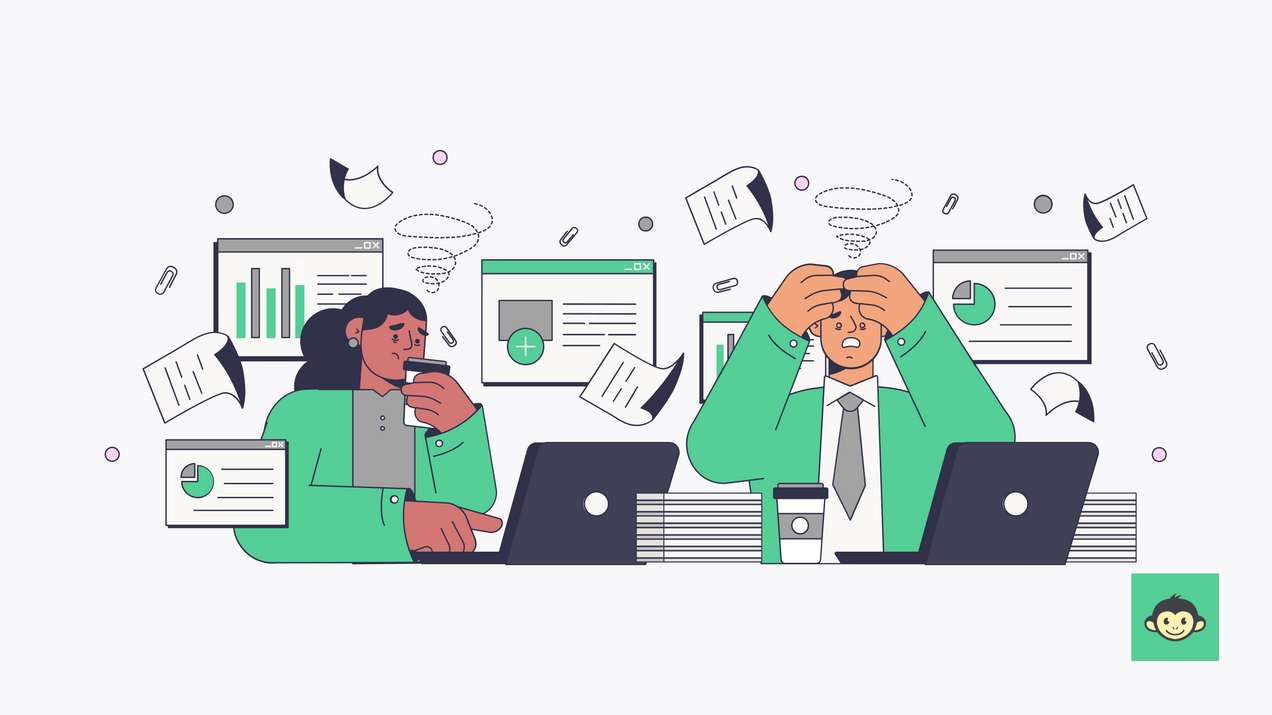What are the three key aspects of employee experience that one should know in 2024
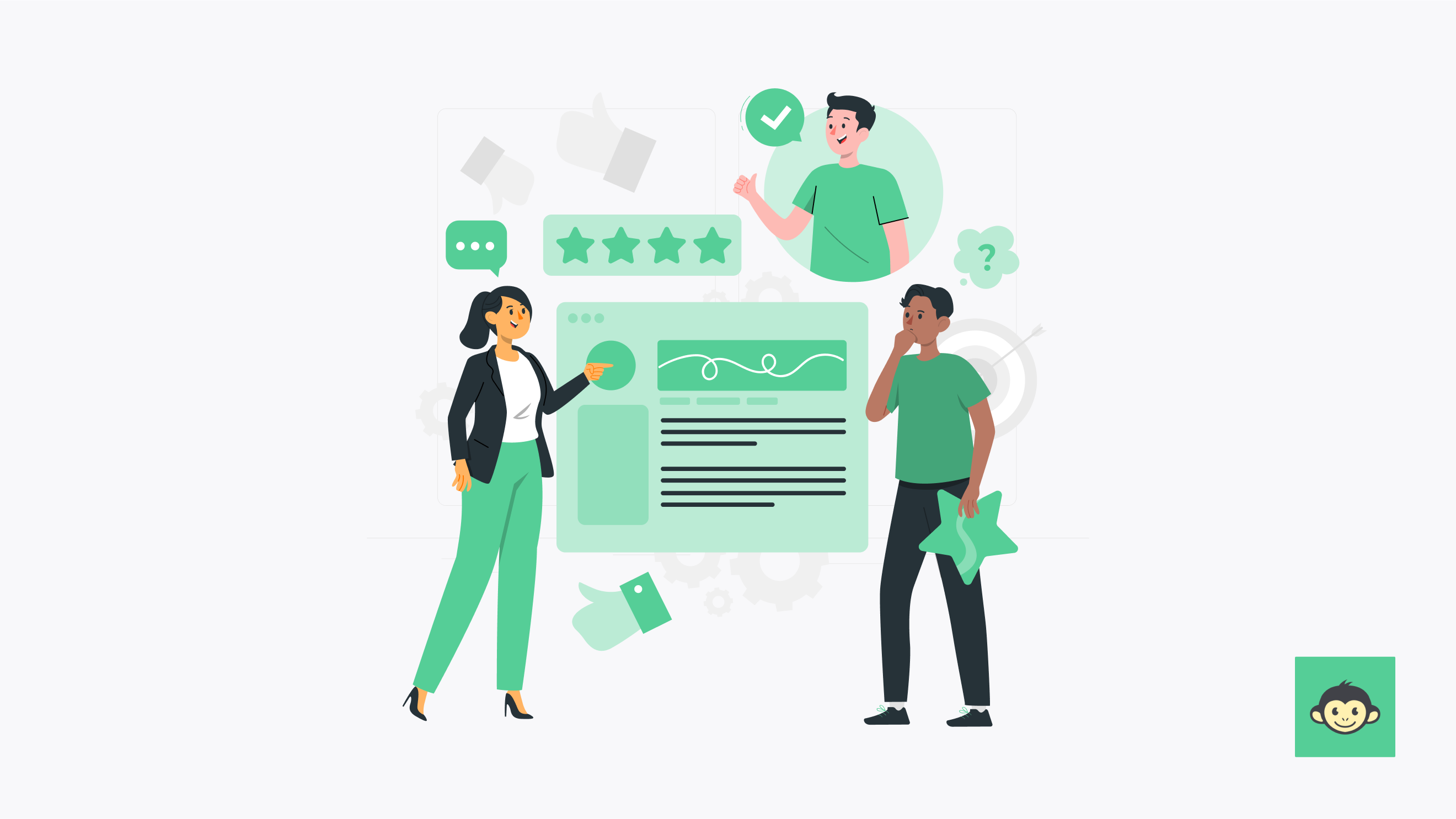
As we venture into the year 2024, the landscape of work is evolving, and at the heart of this evolution lies the concept of employee experience.
It's not just about the job; it's about the journey, the atmosphere, and the satisfaction that each team member encounters. Join me on this expedition as we uncover the key dimensions of employee experience, navigating the why, how, and what's next of crafting a workplace that goes beyond the conventional.
Get ready for a ride into the functional yet fascinating world of employee experience in 2024!
What is employee experience?
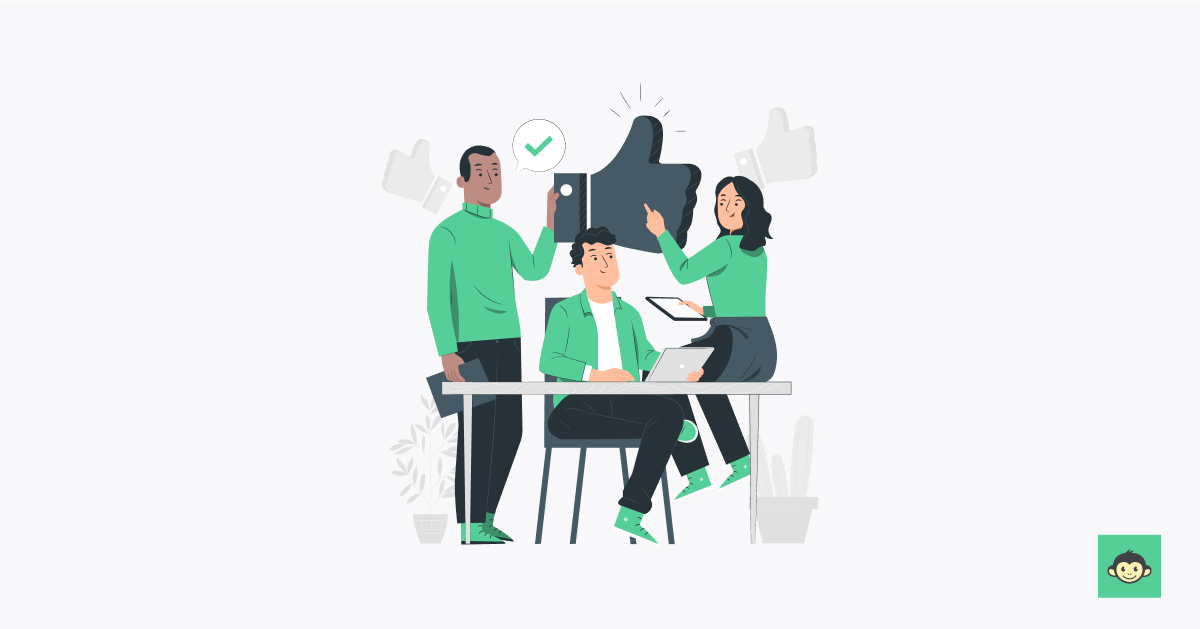
Employee experience is the holistic journey a team member embarks on within an organization, encapsulating every interaction, from onboarding to day-to-day operations. It's not just a job; it's a comprehensive encounter with the company's culture, values, and work environment.
In essence, it's the sum of every touchpoint, big or small, that shapes how an employee perceives and engages with their professional life. Think of it as the unique fingerprint of satisfaction and fulfillment each individual leaves on the canvas of their work life.
Why is proper employee experience important?
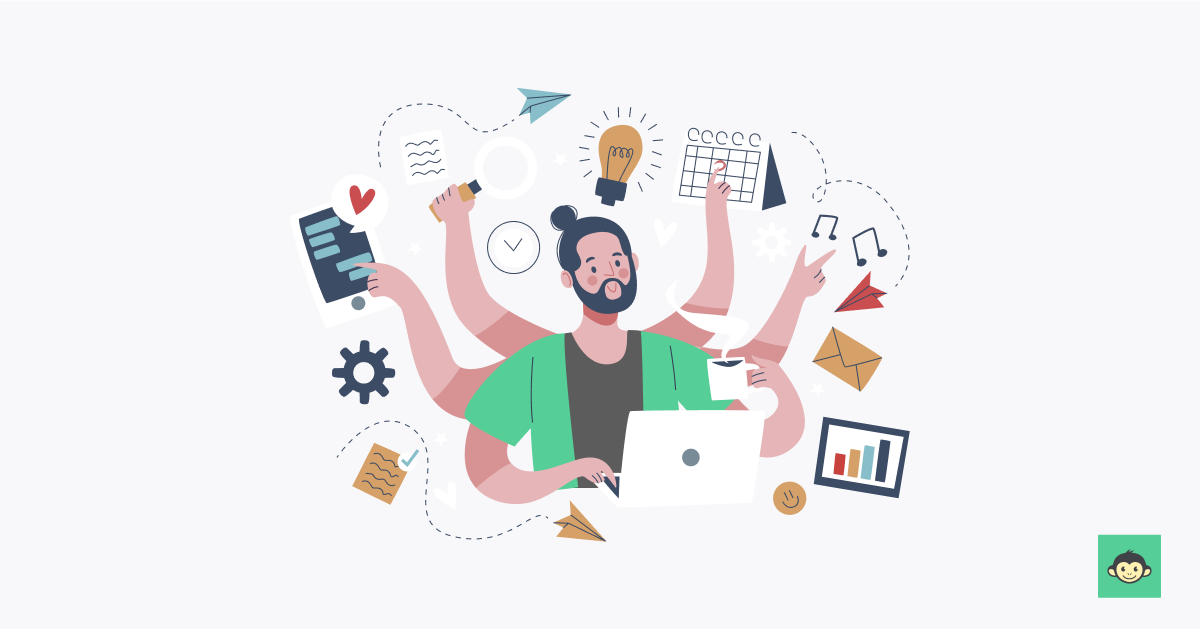
At workplaces, proper employee experience isn't just a nicety; it's the backbone of organizational success. Picture this: Companies with robust employee experience strategies are 4.2 times more likely to outperform those who don't prioritize it. It's not merely a feel-good initiative; it's a strategic imperative!
By changing core workplace practices and fostering a positive employee experience, organizations unlock a treasure trove of benefits, from heightened employee retention and engagement to a turbocharged boost in productivity.
In 2024, it's not just about the work; it's about creating an environment where every team member thrives, setting the stage for a flourishing, future-ready enterprise.
What is the objective of employee experience?
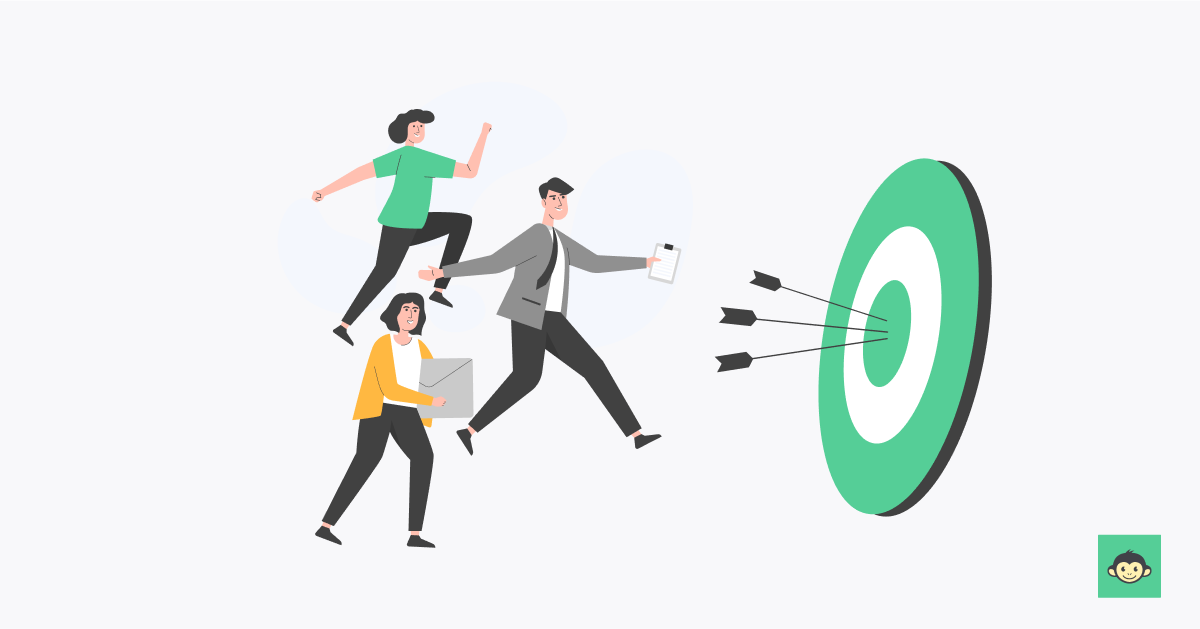
The overarching objective of an exceptional employee experience goes beyond a mere checklist of HR processes. It's about cultivating a workplace ecosystem where each team member is not just a contributor but a valued participant in the company's narrative. Here are a few more specific objectives of employee experience.
- Cultivating partnership: Beyond a checklist, employee experience aims to establish a reciprocal partnership, transforming the conventional employer-employee dynamic.
- Fulfillment and growth: The objective extends to fostering an environment where work becomes a source of personal fulfillment and continuous individual growth.
- Positive workplace culture: Successful employee experience initiatives result in employees becoming torchbearers of positive workplace culture, radiating enthusiasm and innovation.
- Active contribution: The ultimate goal is a workplace where individuals don't just clock in but actively contribute to the business leaders' shared success story, making it more than a job and transforming it into a fulfilling journey.
The objective is clear: to create a workplace where every team member is not just an employee but a valued contributor to a thriving, innovative culture.
What are the three key aspects of employee experience?
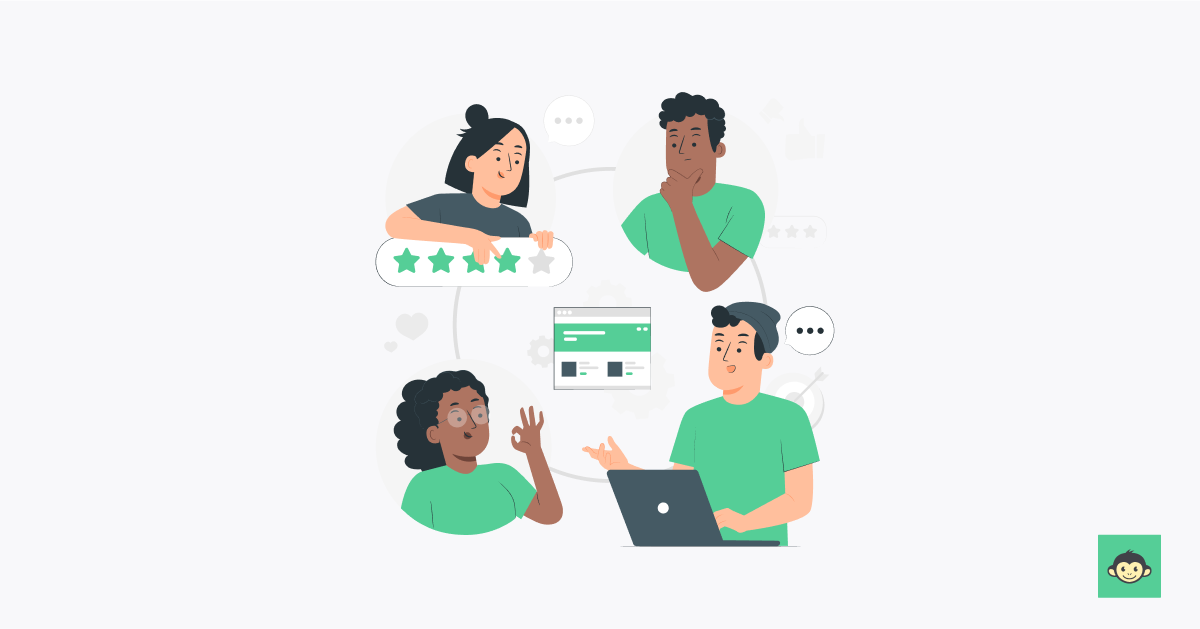
In 2024, the principles behind employee experience are more than theoretical frameworks; they're the compass navigating organizations toward a future where work isn't just about weekly company happy hours but a personalized, inclusive, and continuously evolving experience.
1. Personalization
Tailoring experiences to individual preferences and needs, recognizing that a one-size-fits-all approach doesn't resonate in the diverse landscape of a modern workplace.
Personalization in the employee experience involves tailoring aspects of the work environment, benefits, and communication to suit individual preferences and needs. It recognizes that each employee is unique and may thrive under different conditions.
This extends beyond generic perks to include flexible work arrangements, personalized learning paths, and acknowledgment of individual achievements.
By embracing personalization, organizations show a commitment to understanding and valuing each employee as an individual, fostering a sense of belonging and loyalty.
2. Inclusivity
Embracing diversity and fostering an inclusive environment where every team member feels a sense of belonging, understanding that diverse perspectives fuel innovation.
Beyond mere diversity numbers, it involves creating an environment where employees from different backgrounds, cultures, and experiences feel welcomed and heard.
Inclusive practices may include unbiased hiring processes, mentorship programs, and company-wide initiatives promoting equality. Inclusive workplaces not only attract top talent but also benefit from a rich tapestry of perspectives, driving innovation and collaboration.
3. Technology integration
Technology integration in employee experience focuses on leveraging digital tools to enhance efficiency, communication, and overall work satisfaction.
This includes streamlined onboarding processes, user-friendly collaboration platforms, and innovative HR technologies. A well-integrated tech ecosystem simplifies tasks, fosters seamless communication, and provides employees with the tools necessary to excel in their roles.
Moreover, it aligns with the expectations of a modern workforce that values technological advancements for a smoother and more productive work experience.
In essence, by prioritizing personalization, inclusivity, and technology integration, organizations can cultivate a holistic and enriching employee experience, driving both individual and collective success within the workplace.
What are the six key elements of a great employee experience?
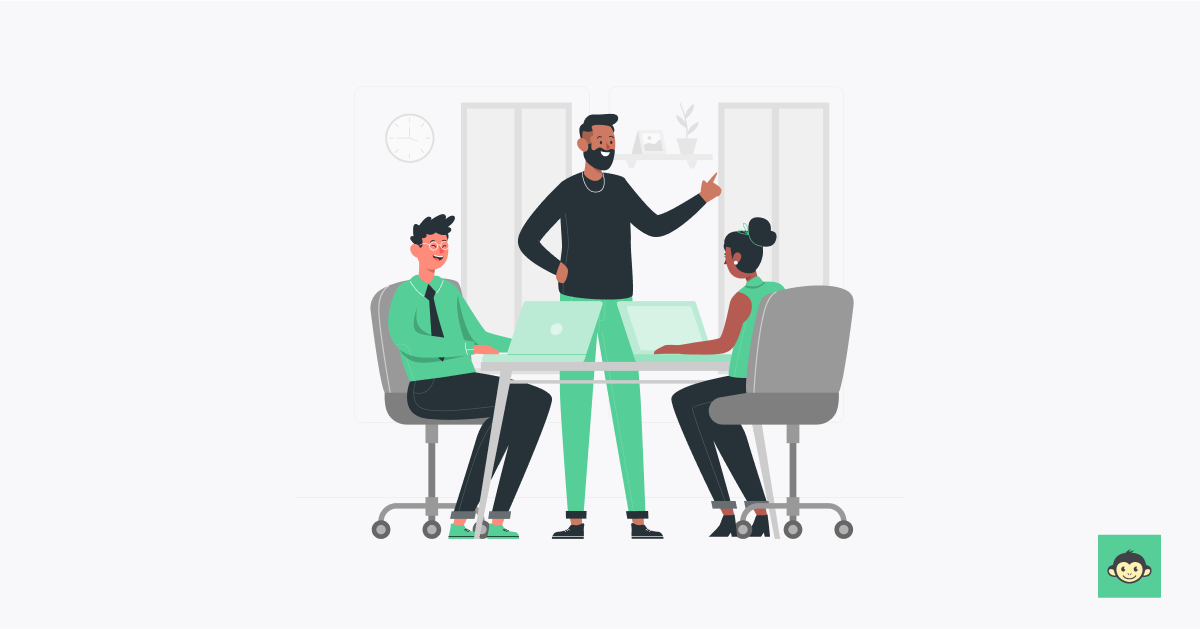
We’ve arrived at a crucial juncture in the employee journey: the six key elements that define a remarkable professional journey. These elements, ranging from purposeful leadership to effective communication, aren't just theoretical ideals; they're pragmatic components shaping the 2024 workplace. Join us as we dissect these elements, discovering the functional keys to unlocking a workplace experience that transcends the ordinary.
- Purposeful leadership: Encompassing leaders who inspire and align teams with a shared purpose, fostering an environment where employees feel motivated and valued.
- Meaningful work: Rooted in the understanding that meaningful tasks and projects contribute to a sense of accomplishment and job satisfaction.
- Flexible work environment: Acknowledging the importance of flexibility, embracing remote work options and adaptable schedules to cater to the diverse needs of the workforce.
- Recognition and appreciation: Built on a foundation of recognizing and appreciating employees' contributions, understanding that acknowledgment fuels employee motivation and a positive workplace culture.
- Career growth opportunities: Offering avenues for professional advancement and skill development, recognizing that employees seek a trajectory for growth within the organization.
- Effective communication: Emphasizing transparent and open communication channels, fosters an environment where information flows seamlessly, creating a sense of trust and alignment within the team.
Purposeful leadership, meaningful work, flexibility, recognition, career growth, and effective communication form the blueprint for a workplace that not only survives but thrives in 2024.
So, carry these tools forward, implement them into the fabric of your organization, and watch as they transform the daily grind into a purposeful, dynamic, and fulfilling professional journey.
How do you create a good employee experience?
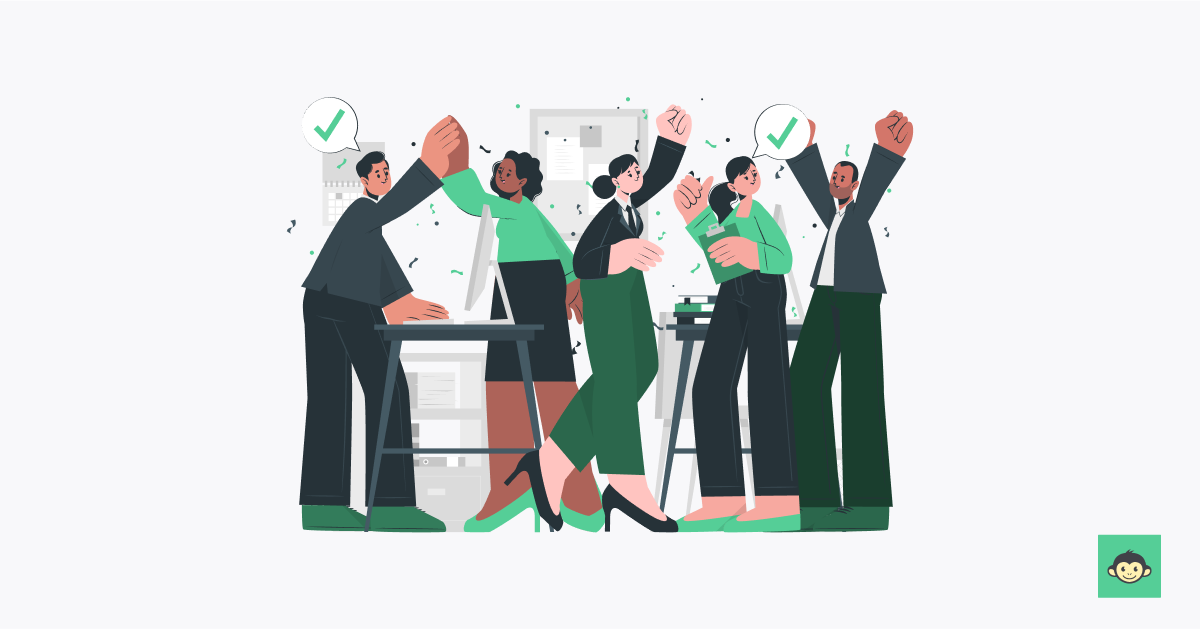
Crafting a workplace that transcends the mundane needs of work. Putting one together isn’t a theoretical discussion but a pragmatic exploration into building a workplace where tasks are seamlessly integrated into a framework fostering well-being, growth, and satisfaction.
- Human-centric onboarding: Design onboarding experiences that extend beyond paperwork, focusing on the human touch to swiftly integrate new hires into the organizational fabric.
- Transparent communication channels: Build an infrastructure for transparent communication at all levels, cultivating an environment of trust and cohesion within the workplace.
- Continuous learning ecosystem: Foster a culture of continuous learning with accessible opportunities for skill development, showcasing a commitment to the ongoing professional growth of employees.
- Dynamic recognition programs: Implement dynamic recognition initiatives that celebrate and appreciate employee contributions, acting as a motivational catalyst and nurturing a culture of positivity.
- Adaptable work arrangements: Embrace adaptability in work arrangements, acknowledging and accommodating the diverse needs of the workforce to promote a harmonious work-life balance.
- Leadership excellence programs: Invest in programs that nurture leadership excellence, ensuring managers inspire and align teams with a shared vision for collective success.
- Holistic employee well-being: Prioritize holistic employee well-being through comprehensive wellness programs, mental health support, and initiatives that contribute to a happier and healthier workforce.
- Inclusivity at the core: Cultivate an inclusive corporate culture that not only values diversity but actively celebrates it, creating an environment where every team member feels a genuine sense of belonging.
- Responsive feedback culture: Establish a culture of responsive feedback, providing regular opportunities for employees to express their opinions and concerns, fostering a sense of collaboration and mutual understanding.
By weaving these practices into the organizational fabric, companies pave the way for an enriched employee experience, where individuals don't just work but actively contribute to a workplace that values their well-being, continuous development, and overall job satisfaction.
9 Best practices to improve employee experience at work
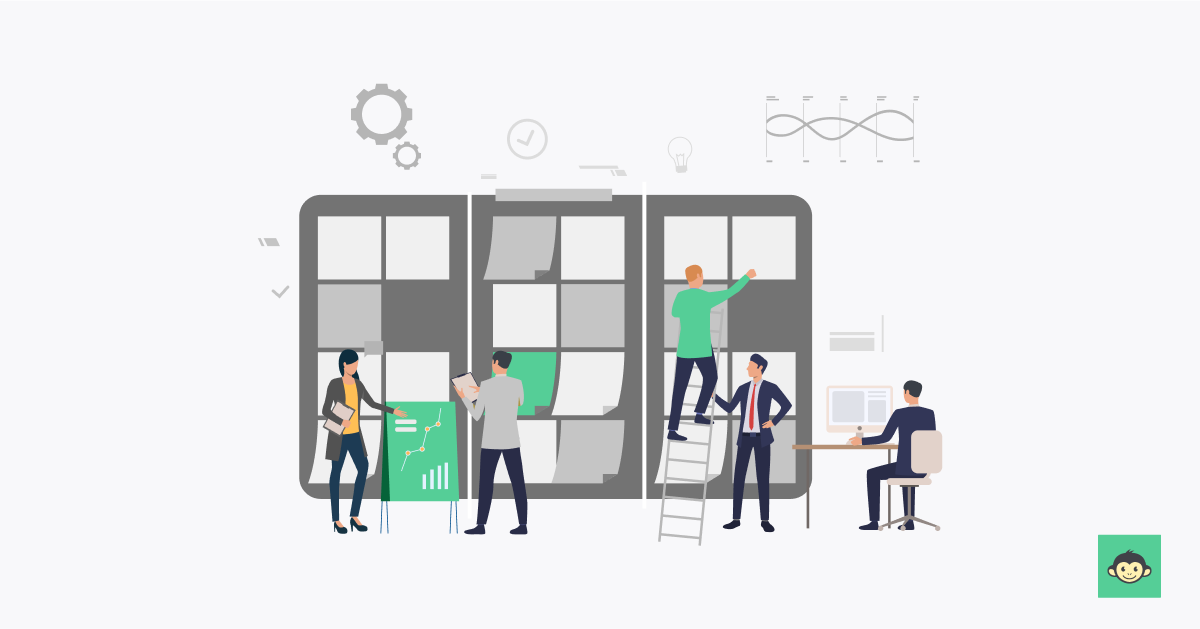
From personalized development plans to cutting-edge recognition platforms, these nine best practices are the functional pillars that transform theoretical ideals into actionable initiatives. Join us in deciphering the operational intricacies!
1. Individualized development plans
Craft personalized development plans for each employee's life cycle, taking into account their skills, aspirations, and professional journey. This ensures that growth initiatives align with individual career paths, promoting a sense of purpose and investment in their future within the organization.
2. Social connection initiatives
Actively foster a sense of community through well-thought-out social initiatives. Whether through team-building events, virtual hangouts, or community service projects, these activities go beyond professional tasks, creating bonds that contribute to a positive and connected workplace culture.
3. Flexible benefits packages
Design benefits packages that provide flexibility. Recognize the diverse needs of employees by allowing them to personalize their perks based on individual preferences, from flexible work hours to a range of health and wellness options.
4. Agile performance management
Embrace agile performance management methodologies that prioritize continuous feedback over traditional annual reviews. This shift encourages ongoing improvement, aligning individual and team goals with evolving organizational objectives.
5. Mentorship programs
Implement structured mentorship programs that offer employees guidance and support. These initiatives not only contribute to individual development but also foster a culture of learning and knowledge transfer within the company and organization.
6. Well-being challenges
Introduce well-being challenges and initiatives to promote a holistic approach to health and happiness. By encouraging employees to prioritize their physical and mental well-being, organizations create an environment that values the whole person, not just the employee.
7. Innovative recognition platforms
Utilize innovative platforms for employee recognition that go beyond traditional methods. Personalized shout-outs, gamified recognition, or creative celebrations of achievements resonate more effectively with the modern workforce, enhancing the impact of acknowledgment.
8. Cross-functional collaboration
Facilitate cross-functional collaboration by breaking down silos and encouraging employees from different departments to collaborate on projects. This not only enhances the diversity of perspectives but also fosters a dynamic and inclusive work environment.
9. Technology for engagement
Leverage technology not only for operational efficiency but also for business performance and enhancing employee engagement. Utilize tools and platforms that streamline communication, facilitate collaboration, and create a digital workspace that aligns with the expectations of the modern workforce.
In dissecting these functional best practices, we've outlined a blueprint for organizations aiming to go beyond conventional employee experience norms. This isn't just a theoretical exercise; it's a guide to implementing strategies that propel workplaces into a future where each employee is a contributor to a dynamic and fulfilling professional journey.
Role of employee experience software in improving experience at work
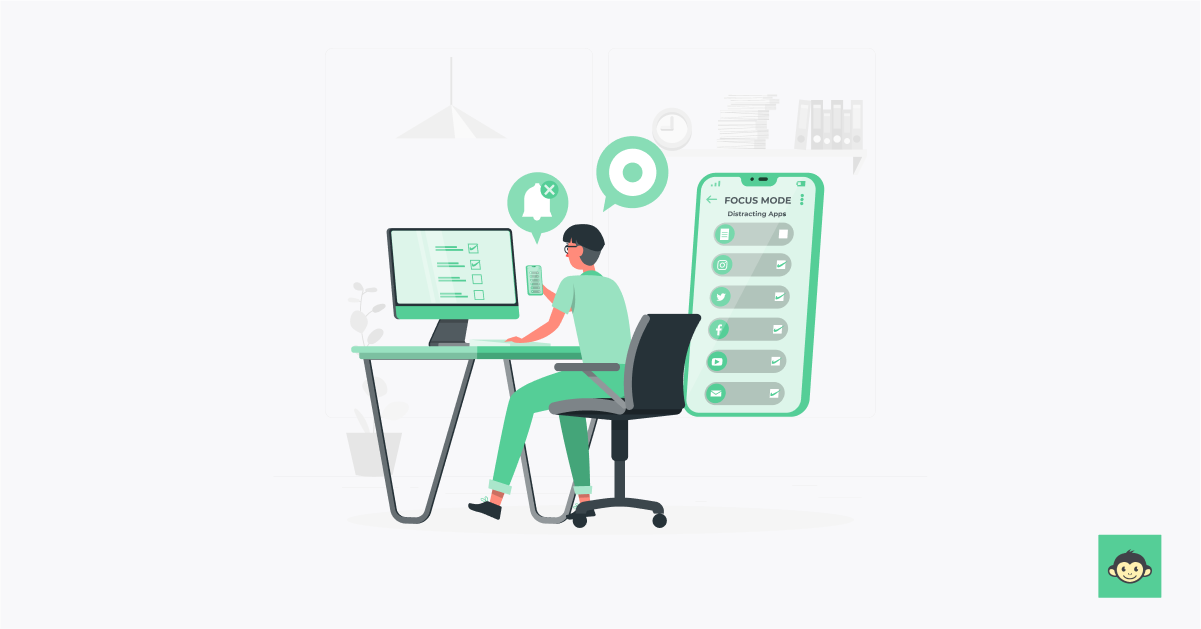
Employee experience software plays a pivotal role in reshaping the dynamics of the modern workplace, acting as a catalyst for a more efficient, engaging, and employee-centric environment.
Streamlining processes
Employee experience software automates routine HR processes, reducing administrative burdens. This streamlining allows employees to focus on meaningful tasks rather than getting bogged down by paperwork, fostering a more efficient work and positive customer experience too.
Personalization and customization
These platforms enable a personalized approach to employee interactions. From tailored onboarding experiences to personalized learning paths, the software ensures that each team member's journey aligns with their unique needs and career aspirations.
Feedback and surveys
Robust employee experience software facilitates continuous feedback loops through surveys and real-time feedback mechanisms. This not only provides valuable insights for improvement but also empowers employees, making them active participants in shaping their work environment.
Recognition and rewards
Implementing employee recognition and rewards programs becomes seamless with dedicated software. This ensures that achievements are acknowledged promptly, contributing to a positive workplace culture and enhancing overall job satisfaction.
Collaboration and communication
These tools foster a collaborative and communicative environment. From project management to team collaboration features, they ensure that information flows seamlessly, promoting transparency and reducing communication barriers.
Well-being tracking
Employee experience software often includes features to monitor and support employee well-being. This can range from wellness program integration to mental health support, contributing to a workplace that values the holistic health of its workforce.
Career development planning
These platforms assist in creating and tracking individualized career development plans. Employees can set goals, access learning resources, and receive guidance, fostering a culture of continuous learning and professional growth.
Data-driven decision-making
Employee experience software provides organizations with valuable data and analytics. This data-driven approach allows HR and management to make informed decisions, ensuring that strategies for improving employee experience are based on tangible insights.
Adaptability to remote work
In the era of remote work, these tools support a seamless transition. From virtual onboarding to remote collaboration features, employee experience software ensures that the work experience remains consistent, irrespective of the company's physical space or location.
In essence, employee experience software is the linchpin in creating a workplace that not only meets the expectations of the modern workforce but exceeds them.
By automating processes, personalizing experiences, and fostering a culture of continuous improvement, this technology plays a transformative role in shaping a positive and dynamic work experience.
Conclusion
As we conclude this exploration, it's clear that the strategic integration of employee experience software is not just a choice but a necessity. For organizations committed to staying ahead in the race for talent and cultivating a workplace where employees thrive, this technology is the compass guiding the way.
Are you ready to revolutionize your workplace experience? Consider embracing the power of CultureMonkey. Our comprehensive employee experience platform is designed to seamlessly integrate into your organization, fostering a culture of engagement, growth, and satisfaction.
Take the first step toward a workplace transformation. Visit CultureMonkey today and discover how our platform can elevate your employee experience to unprecedented heights.
Explore CultureMonkey and unlock the potential of a workplace where every employee is not just present but actively shaping the narrative of success



